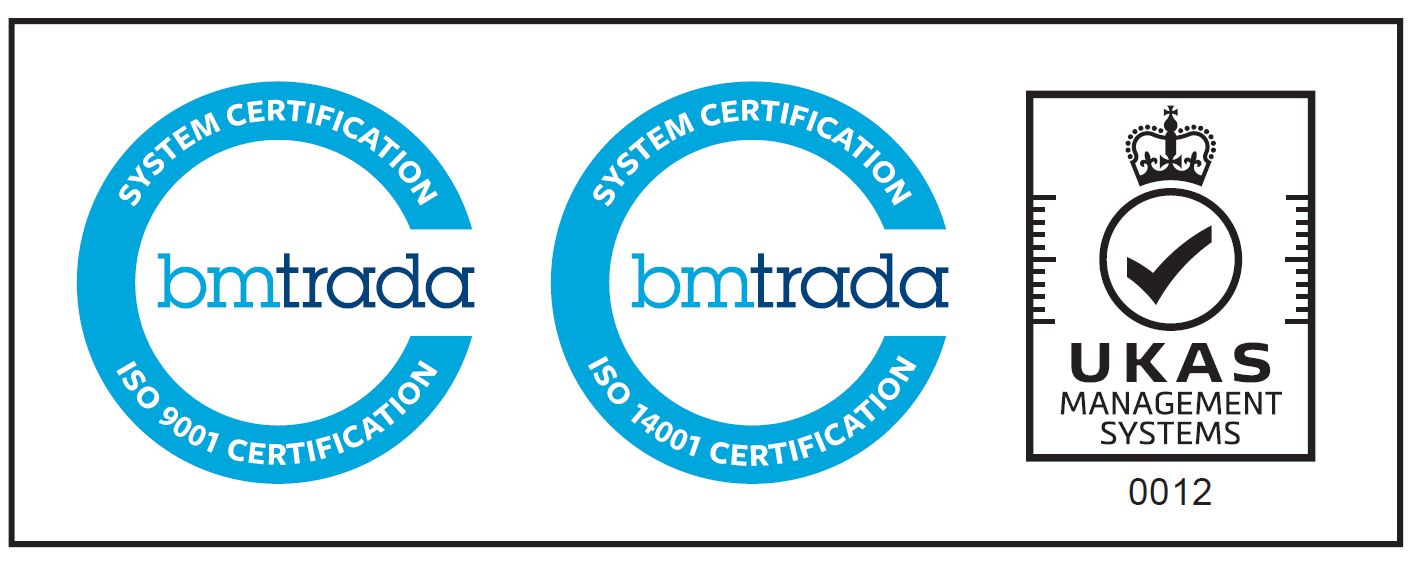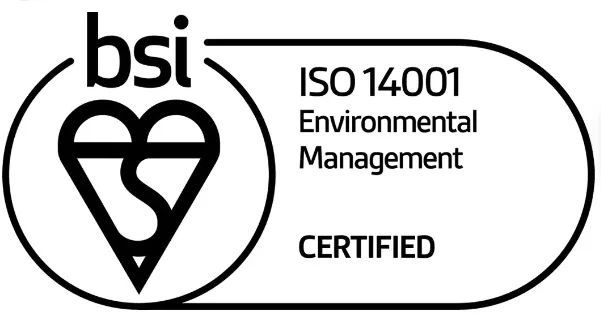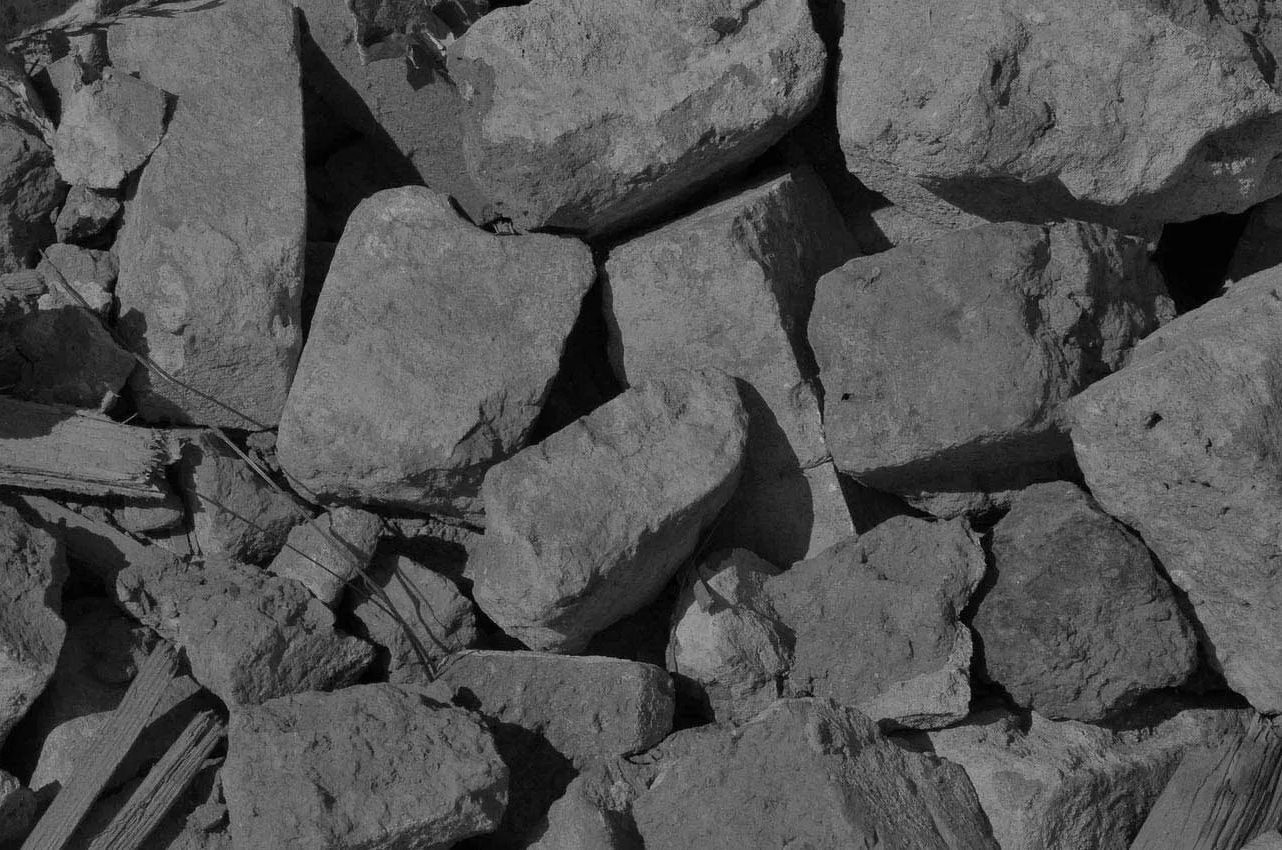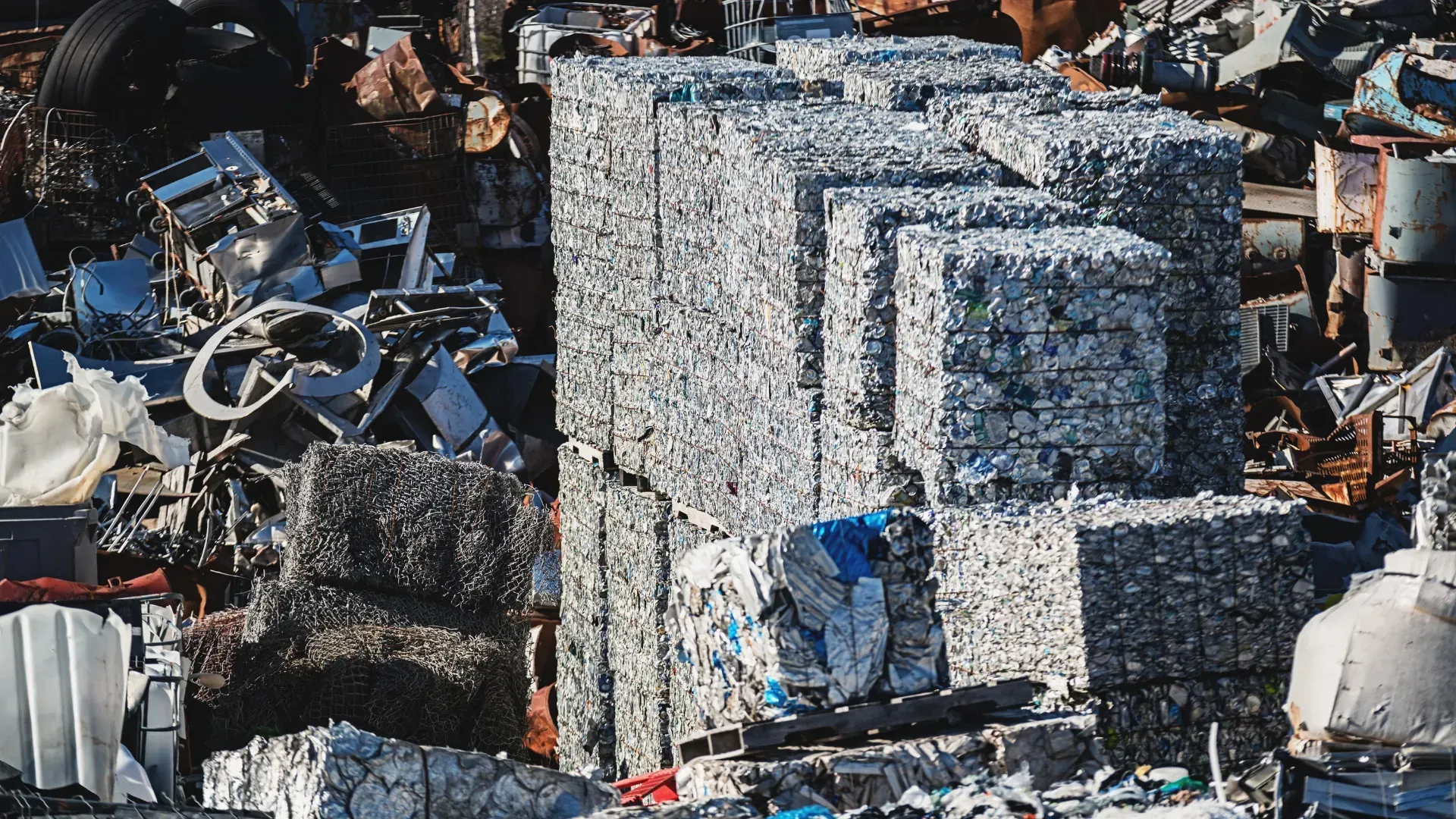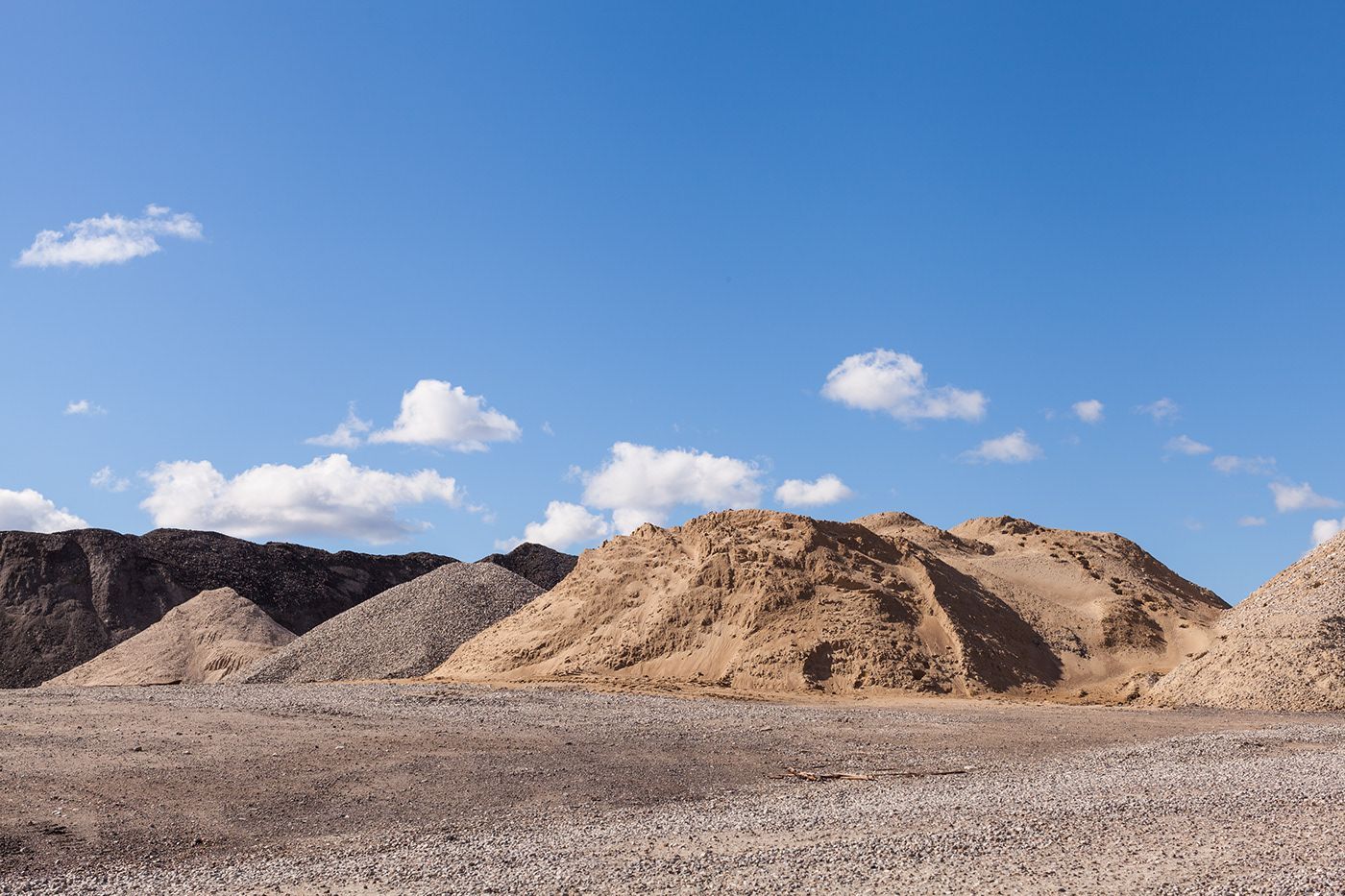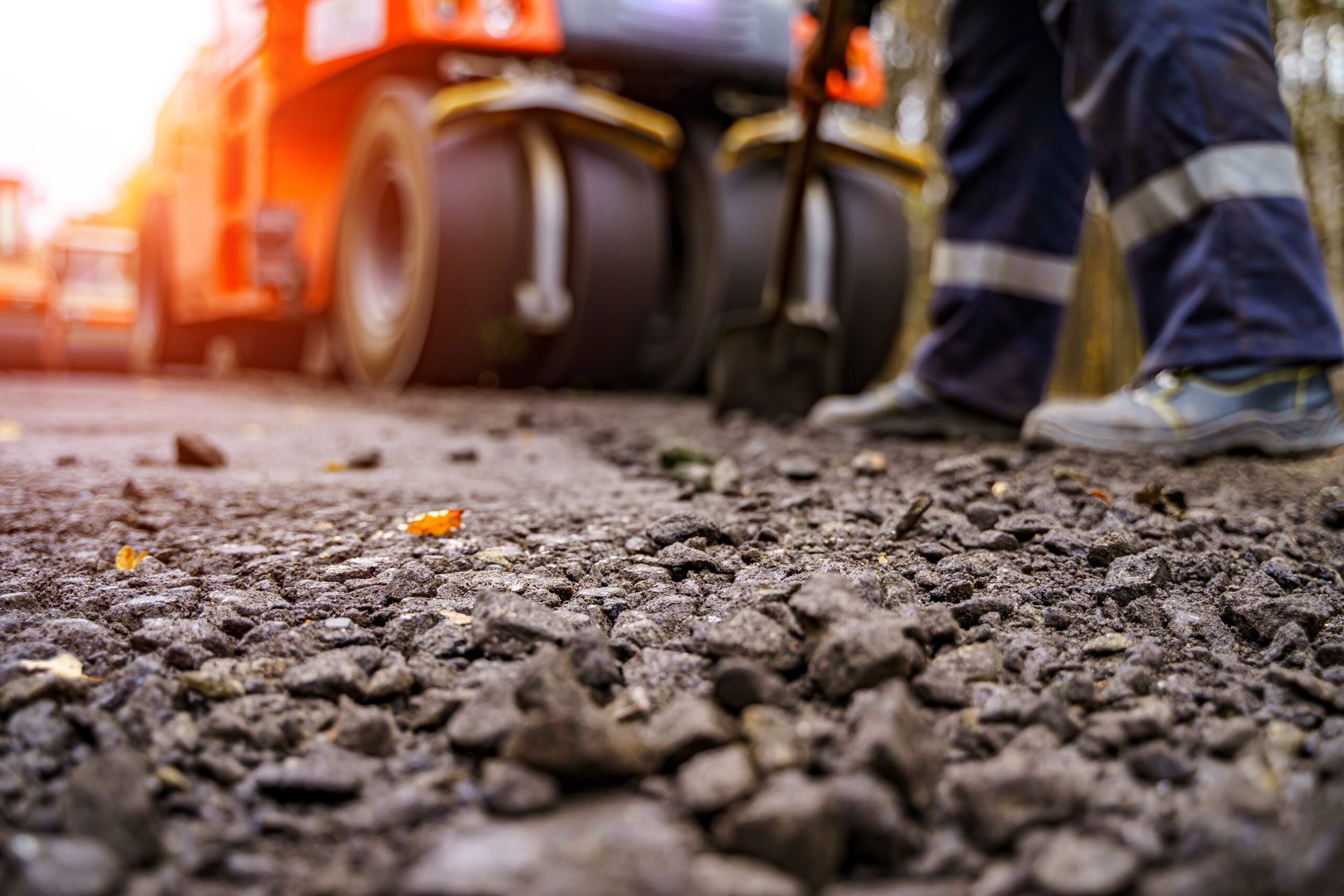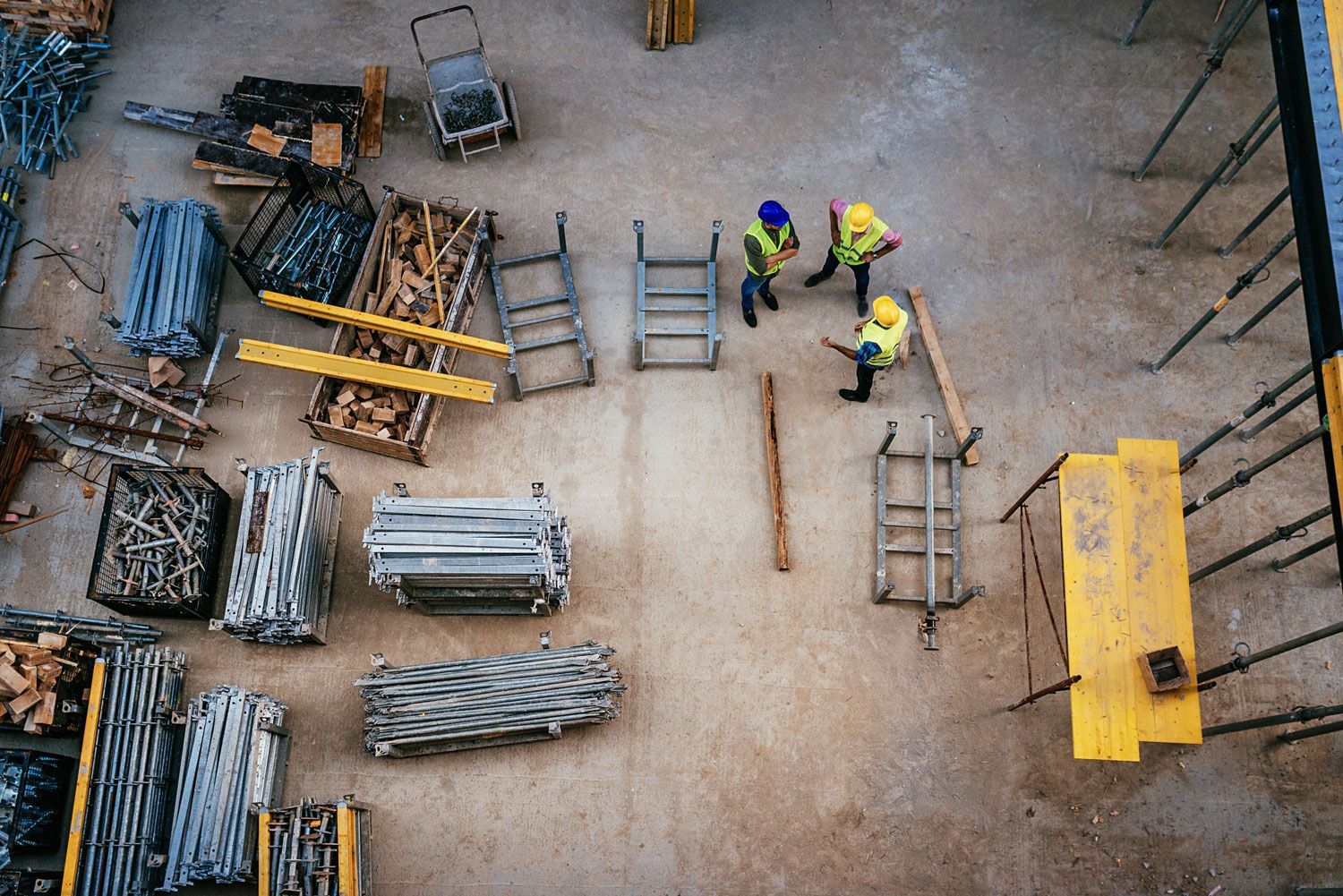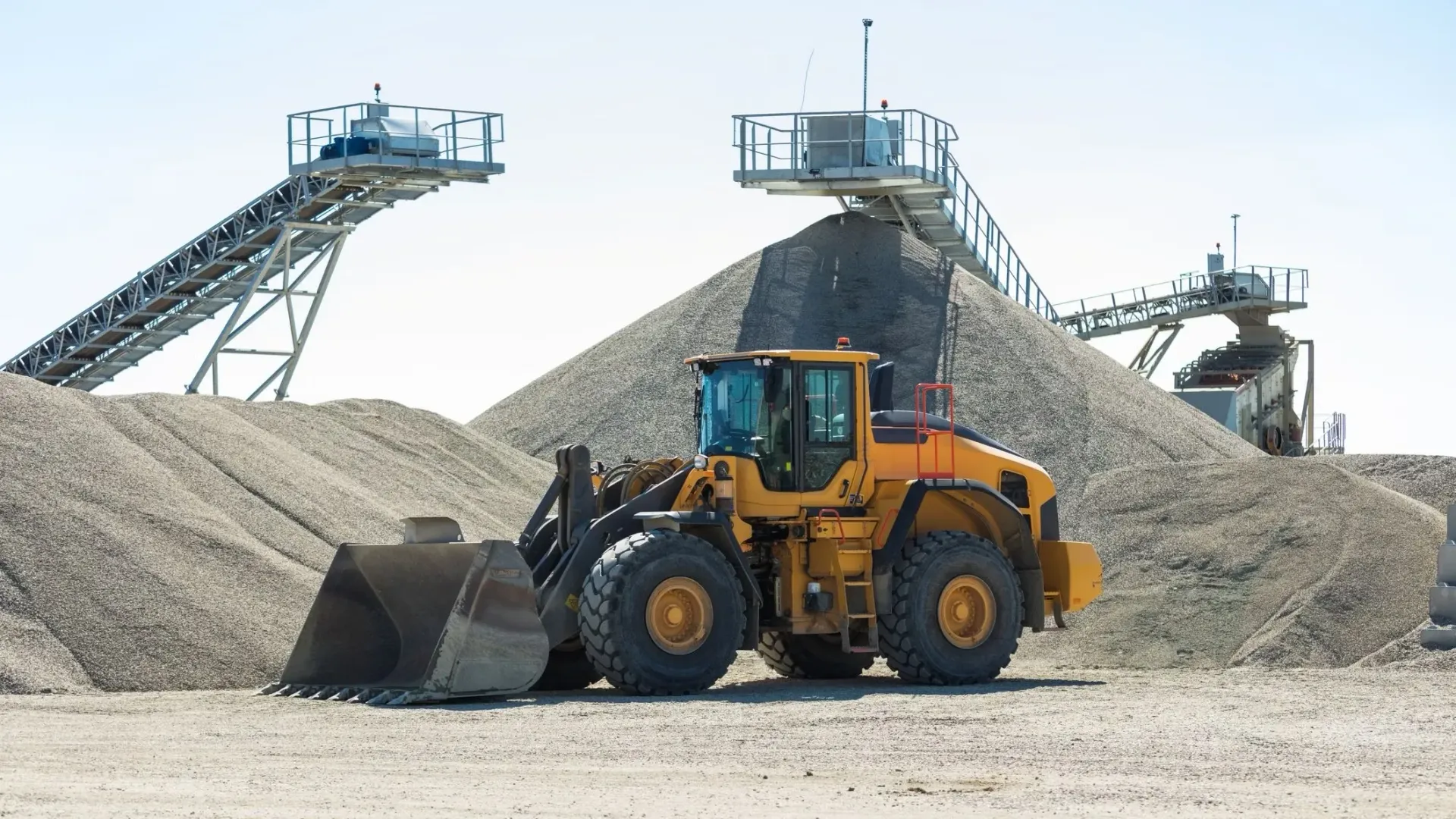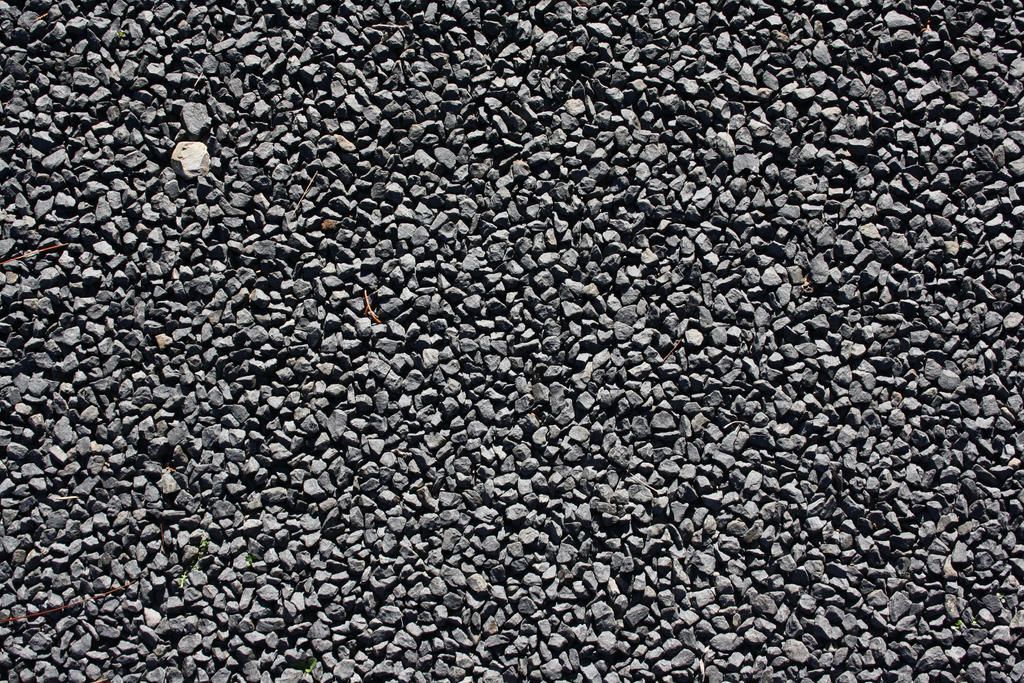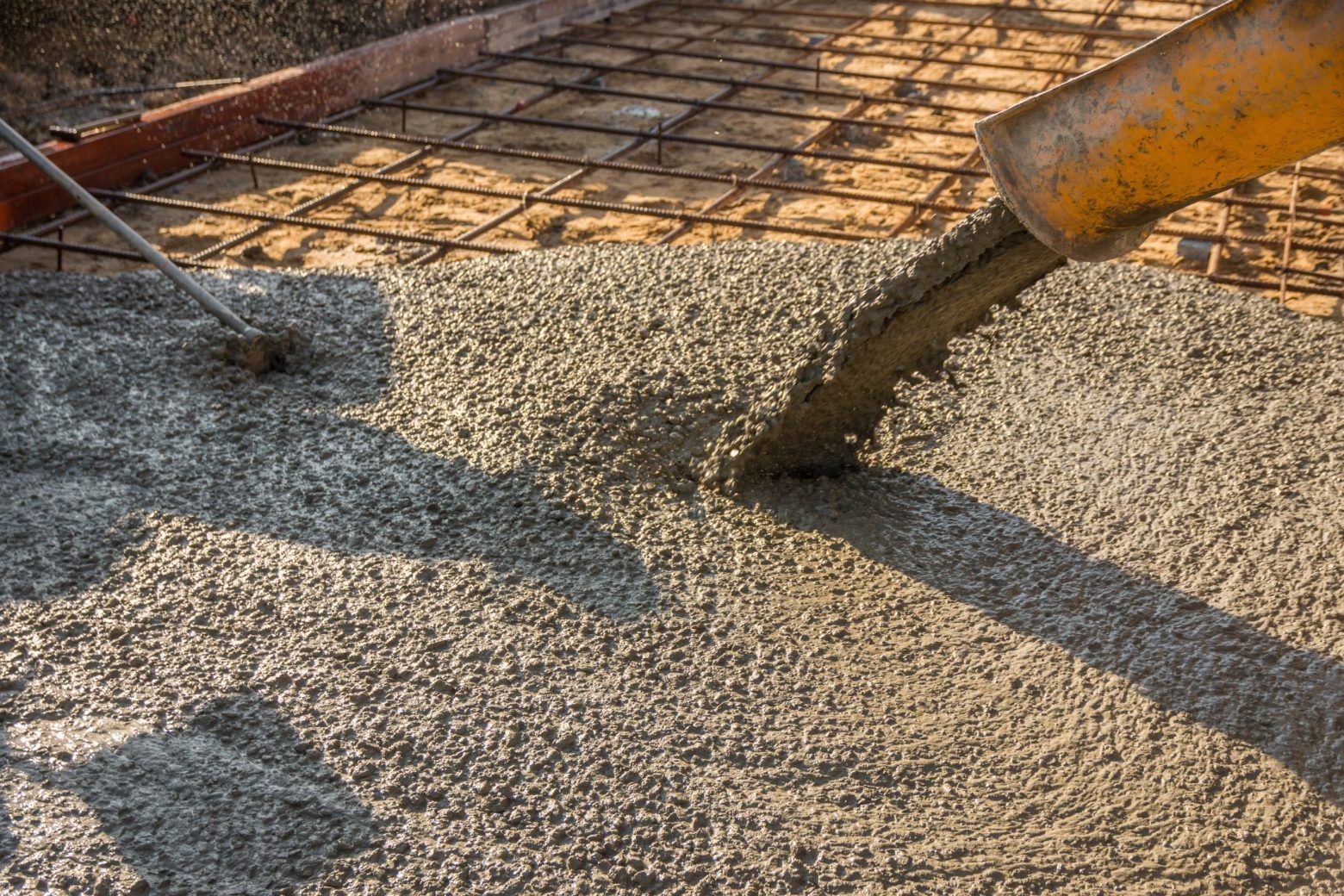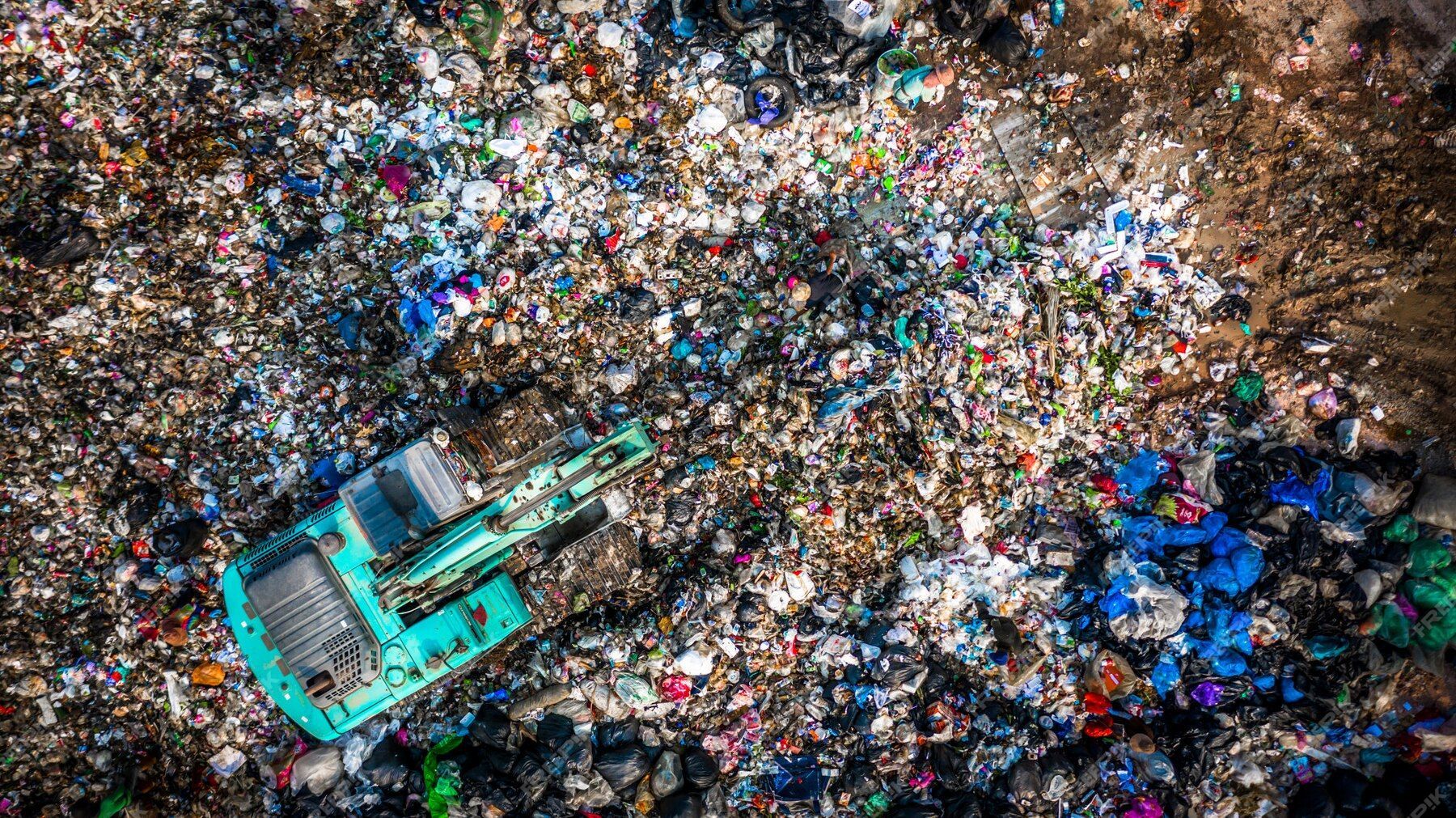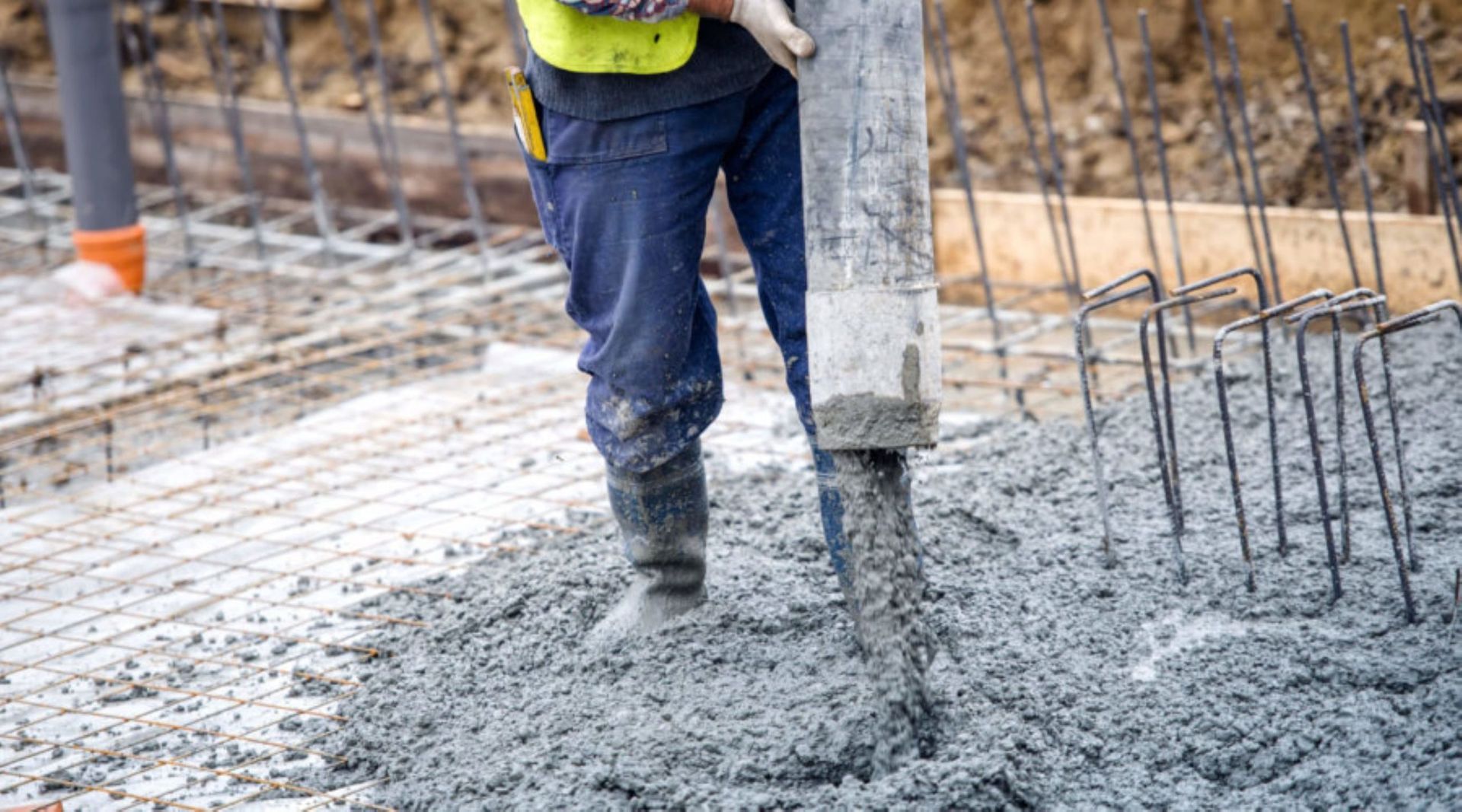How Can I Make My Garden More Eco-Friendly?
Many of us are becoming more and more aware of our impact on the environment and taking conscious steps to help protect our natural world. This can take many forms, from eating less meat, to reducing the amount of plastic packaging we buy, but what about our gardens? You might think that your garden is automatically eco-friendly, but there’s plenty you can do to ensure that your garden is as environmentally friendly as possible.
If you’re worried that an eco-friendly garden will look like a messy, overgrown jungle - don’t be - even the most streamlined contemporary designs can be good for the environment. From using recycled material to conserving water, there’s plenty you can do, so read on to find out more.
Recycle and reuse materials
Gardens often use materials like timber, concrete and gravel to create beautiful designs and features. However, the extraction and manufacturing of these materials requires a significant amount of energy, which can have a negative impact on the environment. If you want to be more green, choose recycled materials, especially those that are locally sourced. We’ll discuss some common recycled materials and how they can be used in your garden in more detail below.
Recycled aggregates
Aggregates have many uses in your garden; they can be used to create paths, build a wildlife friendly pond border, or to add drainage to flowerbeds. Types of aggregate include crushed stone, gravel, concrete and sand, but the quarrying process to extract new aggregate isn’t very environmentally friendly.
Choose recycled aggregates if you want to do your bit for the environment, plus they’re often cheaper too! If you can source local recycled aggregates, that’s even better, as you’ll cut down on transport emissions.
Old furniture
Think twice before throwing out that old chest of drawers or table, there are many creative ways to use recycled furniture in your garden. A chest of drawers makes a great quirky planter, or use old glass bottles or tea cups as homes for smaller plants or herbs. If you enjoy DIY, you could even chop up an old table and use the wood to build a new planter.
Recycled plastic
Many companies now sell plant pots and garden furniture made from recycled plastic. Plastic can take hundreds of years to decompose in landfill sites, so if you are going to use plastic, it’s best to choose recycled products.
Recycled timber
Recycled timber is so versatile and can be used for everything from fences, to decking, furniture and flower bed borders. Recycled timber is durable, strong and it saves precious resources as less trees need to be felled. Recycled wood has a much lower carbon footprint and it reduces importing costs and emissions if you source it locally.
Conserve water
Water might seem like an infinite resource but there are many environmental benefits to preserving water in your garden. Install a rain butt under every downspout if you have the space; you can choose from wooden barrels or the distinctive green plastic barrels (made from recycled plastic of course!). Larger rain butts should easily hold enough water for your garden and you can even set them up to flush lavatories in your home.
Conserved water is also highly valuable during the summer months, when you might experience droughts or a water shortage.
Encourage wildlife
Encouraging wildlife is a great way to increase biodiversity in your garden. Biodiversity is essential to help balance and preserve ecosystems that supply oxygen, clean air and water, pollination of plants, pest control, and more.
There are many different ways to attract wildlife to your garden, including birds, bees, butterflies and other insects. Start by placing some bird feeders and nesting boxes in trees, ensuring they’re high enough to protect birds from predators. You could also add a bird bath if you’re looking for a beautiful sculpture that will encourage wildlife.
You can also encourage bees and butterflies by choosing the right flowers and plants. Look for colourful plants with ‘open’ faces, like roses, cornflowers and sunflowers. Fragrant plants and herbs are great too, such as lavender, thyme, mint or rosemary. Add some logs to shady parts of your garden to create the perfect environment for bugs, or purchase a bee hotel (or build your own) if you want to go even further.
Cut down on chemicals
Harsh chemicals can have a negative effect on the environment but there are many natural ways to discourage pests in your garden. Natural pest control methods include:
● Strong water jets to remove greenfly
● Creating quiet corners for insect-eating hedgehogs to nest
● Copper rings to help control slugs
● Manually removing caterpillars from plants
You can also use a method known as companion planting. This is an organic method which aids pollination and keeps pest numbers down by grouping certain types of plant next to each other. Companion planting ensures each plant receives mutual benefits and common combinations include:
● Onions and chives planted near roses to combat black spot disease
● Plant carrots and leeks together to help ward off their pests
● Plant French marigolds to keep aphids away from tomatoes
Choose eco-friendly plants
Choosing the right plants is also very important if you want to create an eco-friendly garden. Ideally, choose plant and tree species that are local to Britain if you want your garden to be as environmentally friendly as possible. Any species that encourage wildlife are also great and these plants often require less maintenance compared to more exotic varieties.
Some popular native tree species include hazel, holly and silver birch, or if your garden is on the smaller side, plant a shrub like juniper. Native plant species also help to combat the effects of climate change by storing carbon dioxide (plus you’ll cut down on emissions if you’re not choosing varieties flown in from overseas).
Make your own compost
Making your own compost is a great way to recycle green waste and it will help you cut down on the use of chemical-based fertilisers. You can add a variety of materials to your compost, including vegetable peelings, newspaper, coffee grounds, leaves, hedge trimmings and lawn clippings. Avoid adding any cooked food, meat or anything that will spoil or take time to disintegrate (like glossy magazines).
If you have the space, you can build a larger compost heap at the end of your garden using old wooden pallets to section it off. If you don’t have the space, you can buy smaller compost bins that can be kept in your garden or even indoors.
Grow your own food
Many people grew their own fruit and vegetables for the first time during lockdown and it’s a highly rewarding process! You’ll probably find that the produce is packed with more flavour too, and growing your own cuts down on emissions created by importing food all year round.
Every little helps, even a small herb garden, and it’s best to work with the seasons for the best results. If you’re new to growing your own fruit and vegetables, try some easy to grow veg like spinach, potatoes or runner beans.
Create an eco-friendly garden with recycled aggregates from William Thompson & Son
If you’re looking for recycled aggregates to use in your garden, get in touch with the team at William Thompson & Son. We stock a variety of aggregate materials, including reclaimed stone, crushed concrete and gravel, available for delivery in Dumbarton and Glasgow. Whether you’re planning a DIY garden makeover or a larger commercial garden or construction project, we have the right aggregates to suit you.
We’re proud to be leaders in green construction and sustainable development and take our commitment to the environment very seriously. To find out more about our recycled aggregates or environmental responsibilities, don’t hesitate to give us a call today or contact us online.
